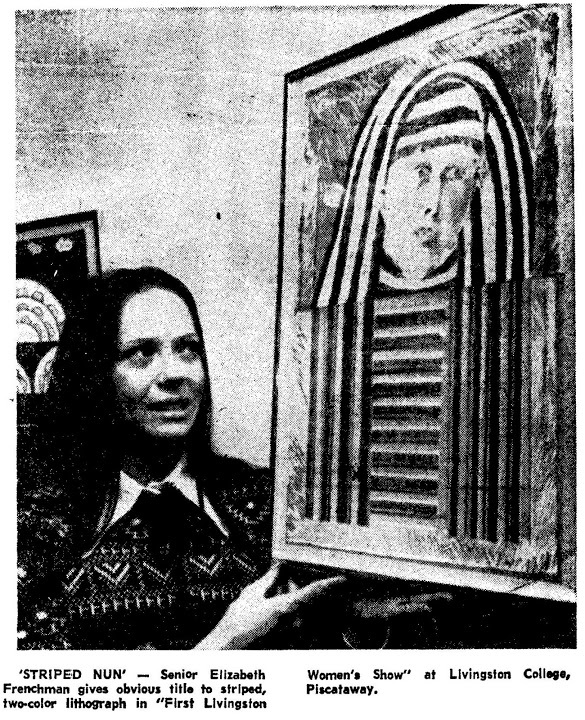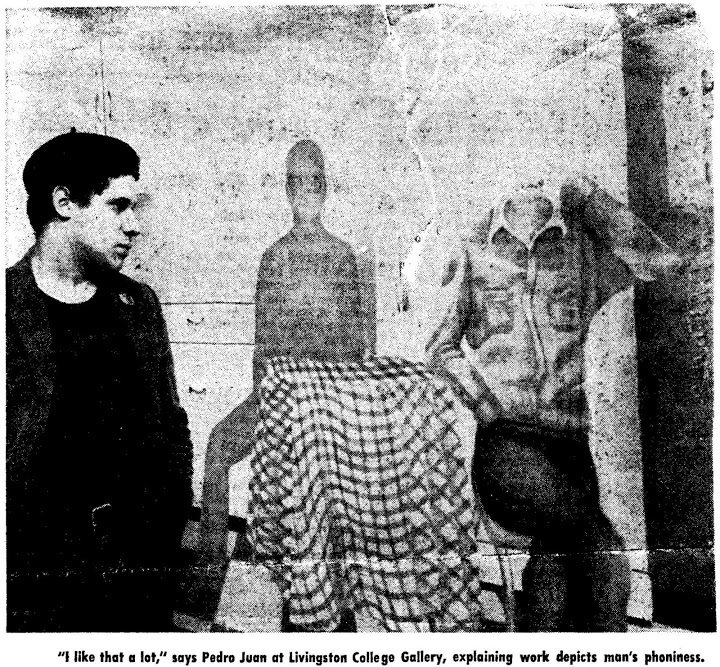Rutgers and Rowan universities, along with New Jersey Gov. Chris Christie and the State Legislature, in 2012 discussed plans that reportedly would have advanced both Rutgers-Camden and higher education in Southern New Jersey.
The discussions followed a controversial proposal, introduced in January 2012, that would have integrated the Rutgers-Camden campus into Rowan University, as part of a larger restructuring initially focused on medical education. The Rutgers Board of Trustees on May 3, 2012, overwhelmingly approved a resolution reaffirming Rutgers-Camden’s place as a crucial part of the university, and opposing the severance of the campus from Rutgers.
The Rutgers School of Law-Camden Alumni Association and the Rutgers University-Camden Alumni Association have strongly opposed the merger of the Camden campus into Rowan.
The Livingston Alumni Association, and Rutgers Alumni Association (which represents graduates of the former Rutgers College and other colleges on the New Brunswick-Piscataway campus), also opposed the initial Camden-Rowan proposal. LAA’s resolution, modeled on an earlier resolution from RAA, is online.
Rutgers University Alumni Association Chair Christine Tiritilli wrote an open letter encouraging alumni participation in the conversation and providing links to resources on the issue.
On Jan. 25, 2012, Gov. Christie released and endorsed the final report of the University of Medicine and Dentistry of New Jersey (UMDNJ) Advisory Committee, chaired by Dr. Sol Barer. This final report expands upon the committee’s interim report issued Sept. 20, 2011. Taken together, these two documents make three significant recommendations that have the potential to transform Rutgers:
- Integrate the UMDNJ Robert Wood Johnson Medical School, the Cancer Institute of New Jersey, and the UMDNJ School of Public Health with Rutgers University.
- Develop a formalized research consortium among Rutgers and the other public research universities in Newark.
- Create a broader, expanded research university in southern New Jersey that integrates the Rutgers–Camden Campus into Rowan University.
As of 2021 Rutgers continues to maintain a website which explains the eventual 2013 New Jersey Medical and Health Sciences Education Restructuring Act. Ultimately, Rutgers-Camden remained intact.
The following organizations are among those that have issued statements or resolutions opposing the initial Camden proposal:





